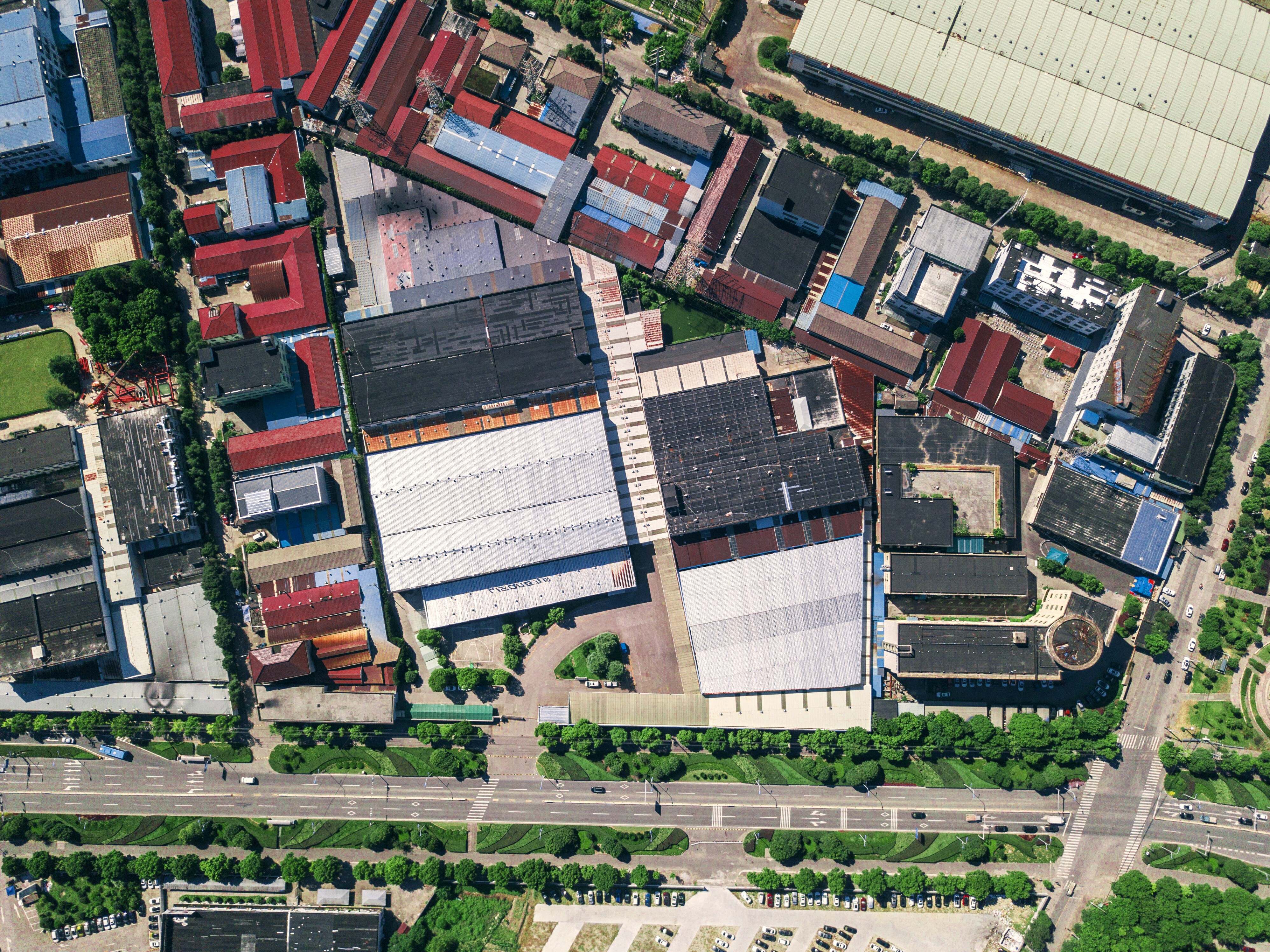Email format error
Email cannot be empty
Email already exists
6-20 characters(letters plus numbers only)
The password is inconsistent
Email format error
Email cannot be empty
Email does not exist
6-20 characters(letters plus numbers only)
The password is inconsistent

Plastic Injection Moulding Machine Manufacturer
Latest Blog

Efficient PVC Pipe Manufacturing: China's Fully Automated Solutions
In the dynamic realm of manufacturing, the integration of fully automatic PVC pipe manufacturing machines has emerged as a linchpin for enhanced efficiency and precision. This article delves into the intricate details of these state-of-the-art machines, exploring their fundamental components, functionalities, and the advantageous integration of automation into the manufacturing process. Furthermore, we scrutinize the potential risks and challenges associated with procuring these machines from China, providing valuable insights into risk mitigation and due diligence strategies.
Introduction to Basic Components and Functions
A. Description of Key Machine Components
In fully automatic PVC pipe manufacturing machines, crucial components such as the extruder, molds, and cutting systems work in synergy, creating an environment conducive to high-efficiency production. The extruder employs cutting-edge technology to heat PVC raw materials and compress them into tubular shapes. The automation of this process reduces the need for manual intervention, ultimately enhancing production efficiency.
B. Operating Processes and Production Flow
The seamless nature of automated operational steps is a significant advantage of these machines. From raw material input to the output of finished products, each step is meticulously planned, ensuring a high level of production consistency. This not only increases production capacity but also reduces error rates during the manufacturing process.

Advantages of Automation in the Manufacturing Process
A. Enhancing Production Efficiency and Capacity
Fully automatic PVC pipe manufacturing machines achieve improved production efficiency through the optimization and integration of automation technology. This not only helps meet market demands but also lowers production costs. The reduction in the need for manual operation increases production speed, contributing to higher output.
B. Quality Control and Consistency
Automation systems not only enhance production efficiency but also strengthen quality control. Through real-time monitoring and adjustments, the machines ensure consistency in each production cycle. This is crucial for meeting stringent quality standards and ensuring customer satisfaction.
Risk Mitigation and Due Diligence
A. Overview of Potential Risks and Challenges
When procuring fully automatic PVC pipe manufacturing machines, there are potential risks and challenges that require attention. These include quality issues, technical difficulties, supply chain delays, and logistical problems. These issues may negatively impact production schedules and product quality.
B. Due Diligence and Supplier Assessment
To mitigate procurement risks, effective due diligence is crucial. Assessing the supplier's reputation, qualifications, contract terms, and after-sales services is a key step. By establishing reliable collaborative relationships, businesses can better cope with potential challenges.
C. Risk Management and Response Strategies
Formulating risk management strategies is critical when procuring fully automatic PVC pipe manufacturing machines. This involves implementing preventive measures, establishing monitoring mechanisms, and devising emergency response plans. Through these measures, businesses can better control potential risks, ensuring smooth production processes.
Potential Risks and Challenges of Purchasing Fully Automatic PVC Pipe Manufacturing Machines from China
A. Market Dynamics and Competitive Environment
China holds a substantial market share in the fully automatic PVC pipe manufacturing machine sector, but market dynamics and the competitive environment are continually evolving. Buyers need to pay attention to factors such as the number of suppliers, brand choices, price fluctuations, and cost considerations to make informed decisions.
B. Cultural and Language Differences
When collaborating with Chinese suppliers, cultural and language differences may pose challenges. Establishing effective communication channels and understanding local regulations and compliance requirements are crucial for successful procurement.
C. Success Stories and Best Practices
Studying success stories and best practices allows buyers to draw from others' experiences to better navigate potential challenges. Understanding industry trends, market insights, and key factors for successful collaboration will aid in formulating effective procurement strategies.

